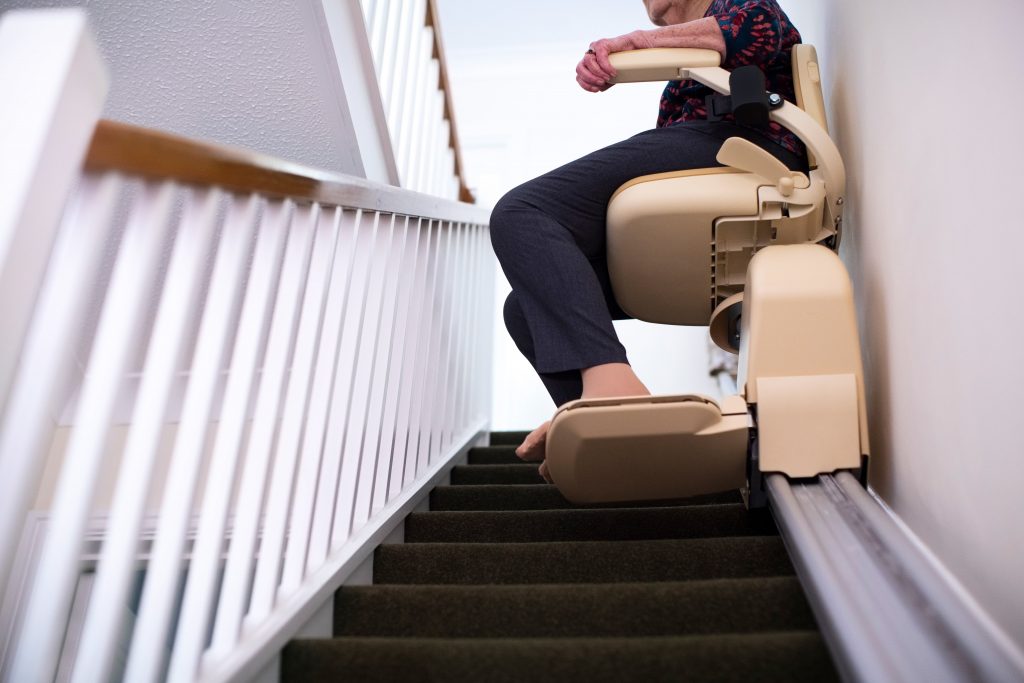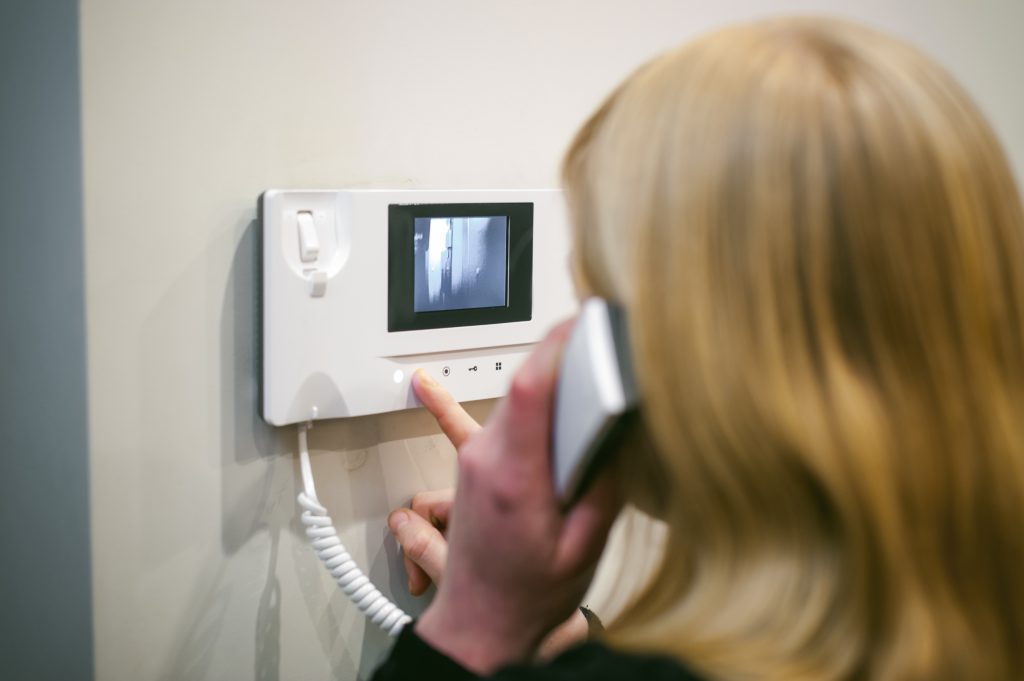Top tips for adapting your home in 2022
Despite their ever-growing popularity, the subject of home adaptations remains widely untalked about. Information about this topic can be hard to find, which leaves many who are considering taking this step largely uncertain over which home adaptations would best suit their needs and moreover, which technologies are available to help make life easier for them at home. And so, we have set out to provide a rundown of all the latest and most essential home adaptations available in 2022.
The essentials
From the young to the elderly, anyone with mobility issues can benefit greatly from home adaptations and indeed many have been doing so for decades. Many of the more basic, early technologies in this field remain available today and have truly stood the test of time, proving themselves to be both effective and reliable in making life at home easier.
These include:
- Grab rails
Be they handrails in the hallway, bathroom, or up the stairs, grab rails are perhaps the most basic yet durable and dependable adaptation available, helping those who struggle to stay steady on their feet and travel through their home freely. These also continue to offer support once you’ve reached your destination, aiding and providing confidence in negotiating tricky steps and position changes.
- Half-steps and ramps
Another basic, yet incredibly useful adaptation is the fitted half-step or accessibility ramp, which helps not only to provide easier entry to the home but to effectively reduce the chances of any accidents happening when entering or exiting the house, removing that anxiety and allowing you to come and go without fear or worry of slips or trips.
- Stairlifts
Perhaps the most popular and well-known home adaptation is the stairlift. By employing a basic technology, the stairlift, once installed, provides an incredibly reliable and useful service that removes the need for negotiating difficult staircases, and makes travelling up and down floors of the house both easy and stress-free.

- Facility modifications
Another tried and tested but straightforward home adaptation is the modification of facilities such as in the kitchen and bathroom. A highly popular one is the changing of the bathtub for a walk-in bath or shower. This removes the need to struggle and stoop to climb into the bath, removing the stress caused by the difficult design of a standard bath or shower. The use of shower-chairs can also bring total independence back to wash times. Other modifications such as the lowering of kitchen worktops and the changing of standard taps to lever taps can also help to maintain that independence elsewhere in the daily routine.
The latest additions
Technology is constantly evolving in the modern world, and thankfully, this is in all areas including that of home adaptations. Although the straightforward home adaptations such as those above have proven to be incredibly successful in improving the lives of many who struggle with mobility over the years, new advancements in technology have found their way over to this industry and are being applied to make life at home easier.
- Intercom systems
Answering the door can be a stressful experience, but if you don’t know who’s on the other side, it can be a difficult one too, carrying with it a risk of accidental slips and falls when rushing through the house to answer the door. However, thanks to advancements in intercom technologies, this process can be adapted to allow you to answer a phone or video call inside the home when the doorbell rings, letting you see or speak with whoever’s at the door without having to put yourself at risk. In addition to this, key safes or wireless entry buttons can allow you to let in your guests from the comfort of your chair.

- Motion sensors
Walking around your home in the dark can be both nerve-wracking and dangerous, and oftentimes light switches can be a little too far away or awkward to reach. Thanks to motion sensors, it is now possible to adapt your home to switch on lights as soon as you walk into a room, vastly reducing the risk of bumps and falls, and more generally improving your ease of living.
- Telecare devices
One main reason for home adaptations is to reduce the risk of accidents or injuries. However, injuries and accidents can still happen. This is where Telecare devices come in. These may come in the form of personal alarms, bed sensors, fall detectors and alarm-linked smoke devices. These discreet devices can greatly improve independence in the home, removing any anxieties about accidents happening when you’re alone, meaning support is there every time you need it, without the need to call.
And so, from the basic to the high-tech, in 2022, there has never been a wider range of home adaptations to choose from, with improvements available to suit every need.


